Media | Articles
6 power tools you shouldn’t be wrenching without
At their very core, our cars are power tools. Keeping them properly maintained doesn’t absolutely require other power tools, but they sure do make life easier. Early man might have gotten by just fine using rocks to wrench on his Neolithicmobile, but rocks haven’t helped me with a garage project in decades. So let’s talk about handheld power tools.
Whether plugged into a wall outlet or juiced by batteries, power tools can make life a lot easier for many DIY projects. These six tools are must-haves for making the most of your time and getting jobs done more efficiently than ever.
Impact
Yes, manual impact drivers exist and very much have their place in the garage, but more often than not they lack the ease of use of an electric impact, as well as their broad scope: Half-inch models have the hammer weight to break free really stuck or otherwise medium- to high-torque fasteners. Think wheel lugnuts or big hardware. The next size down is three-eighths, followed by a quarter-inch impact driver, which is fairly weak compared to its bigger brothers but perfect for stubborn Phillips-head fasteners or other bolts that need a lot of pressure to ensure the bit doesn’t slip and strip the head.
Drill

Whether dealing with broken hardware or doing light fabrication, the ability to spin things accurately is important. Nothing does that better than a drill. Pair it with a nice set of twist bits, and you are fit to be dangerous. A drill’s ability to make good use of small wire wheels and other cleaning attachments also makes it a great middle ground between having a bench grinder and doing things manually with a wire brush. Even a small polishing pad can take the labor out of refinishing wheels or detailing paint.
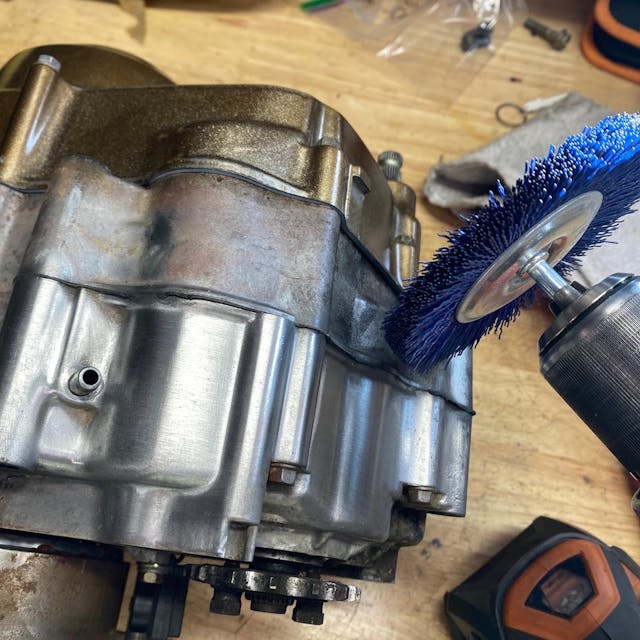
Soldering iron
Like unclogging a shower drain, electrical work often falls into the category of uniformly despised jobs. But having the proper tools can turn any such work from nightmare to … tolerable, at least. A good soldering iron will make for strong and reliable connections that won’t pull apart, and you don’t risk accidentally cutting any wires with a crimp connector. Is it the only way to join wires? Not at all, but it might be the best. A soldering iron can also come in handy when you need to put heat into a stuck bolt in a delicate place.
Marketplace
Buy and sell classics with confidence
Multimeter
On the topic of electrical problems and solutions, the multimeter is a tool that should arguably come before the soldering iron above. Finding and diagnosing is just as important as proper repair, and diagnosing electrical components without a multimeter is really just waiting for the lightbulb above your head to light up and tell you what’s wrong. Not the best method for doing things.
A multimeter gives you real information, whereas a test light merely gives a yes or no. If you need a refresher on what a multimeter can do, or you just need a boost of confidence to handle that electrical gremlin, check out our rundown of how to use a multimeter to be prepared for the next problem that gets you all amped up.
Digital calipers

It used to be that you needed to go to a machinist or a tool-and-die shop to see anyone handling precision measurement instruments like digital calipers. Not anymore. As the technology became more readily available, prices dropped accordingly. Now, your home shop can have a set of calipers for less than $20. Are they infallibly accurate? No, but with any measurement tool, half the accuracy is in the operator. Good digital calipers are perfect for zeroing in on the precise size of something where precise sizing is critical, and for checking the work of outside shops when the work comes back home.
Heat gun
Heat is a superpower for garage dwellers like us. From upholstery work to helping keep rubber seals pliable, a heat gun can put perfectly measured amounts of heat into a part. We even tested one recently to see if it could substitute for an open-flame torch, and the results were surprising. Once you have one in your toolbox, you’ll find more uses for a heat gun than you ever thought possible.
***
Check out the Hagerty Media homepage so you don’t miss a single story, or better yet, bookmark it. To get our best stories delivered right to your inbox, subscribe to our newsletters.



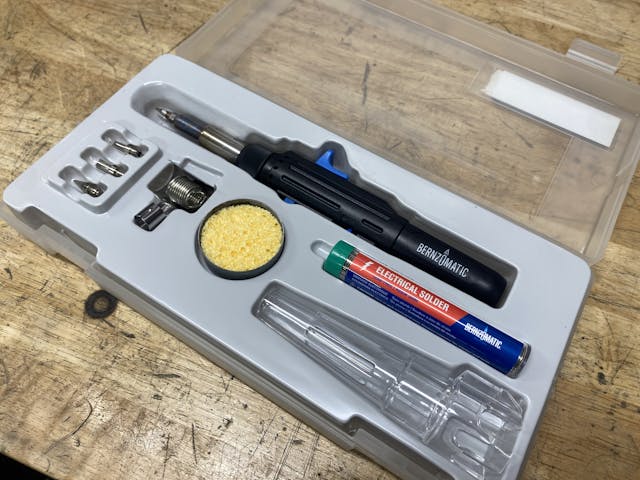









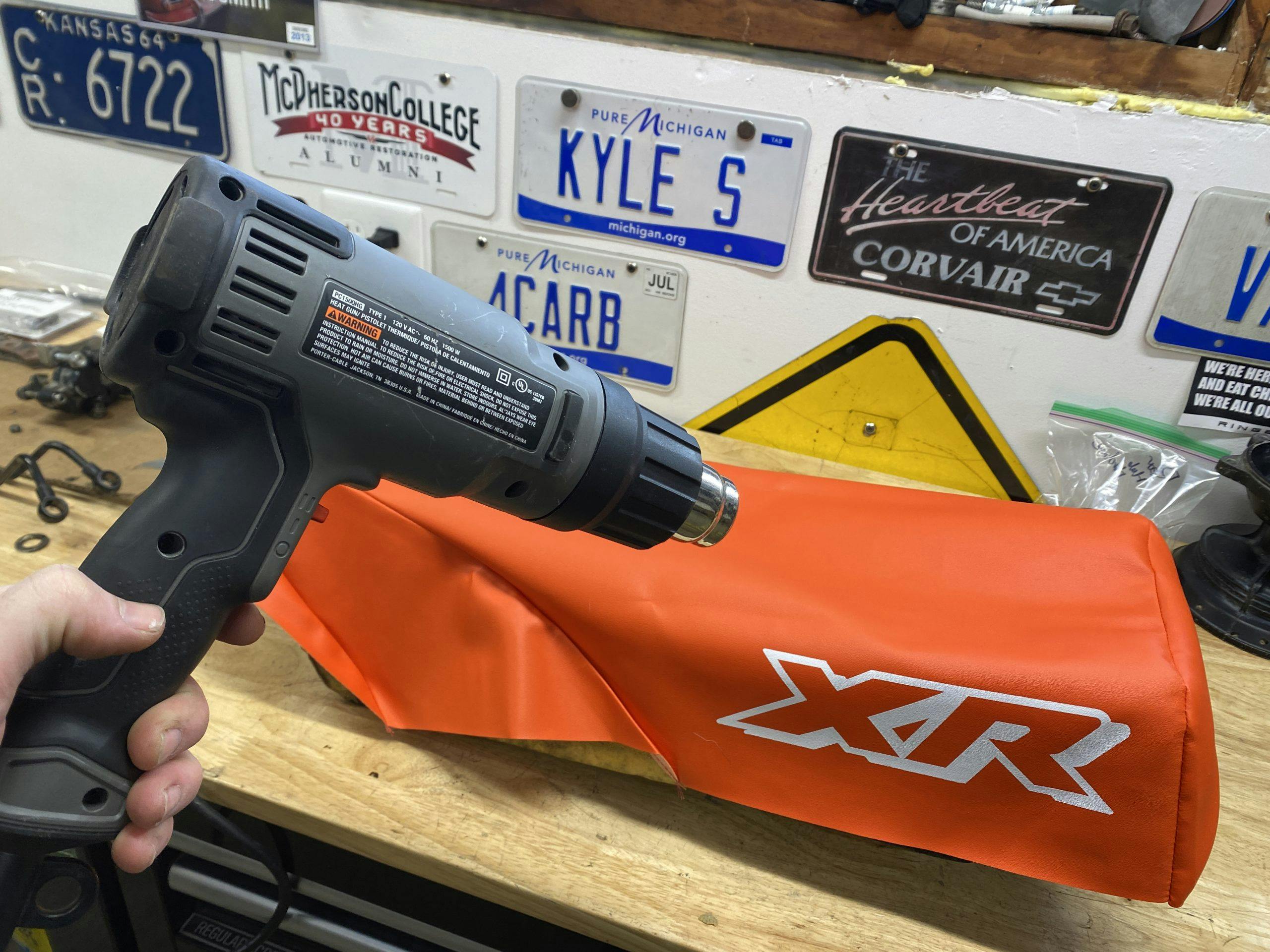
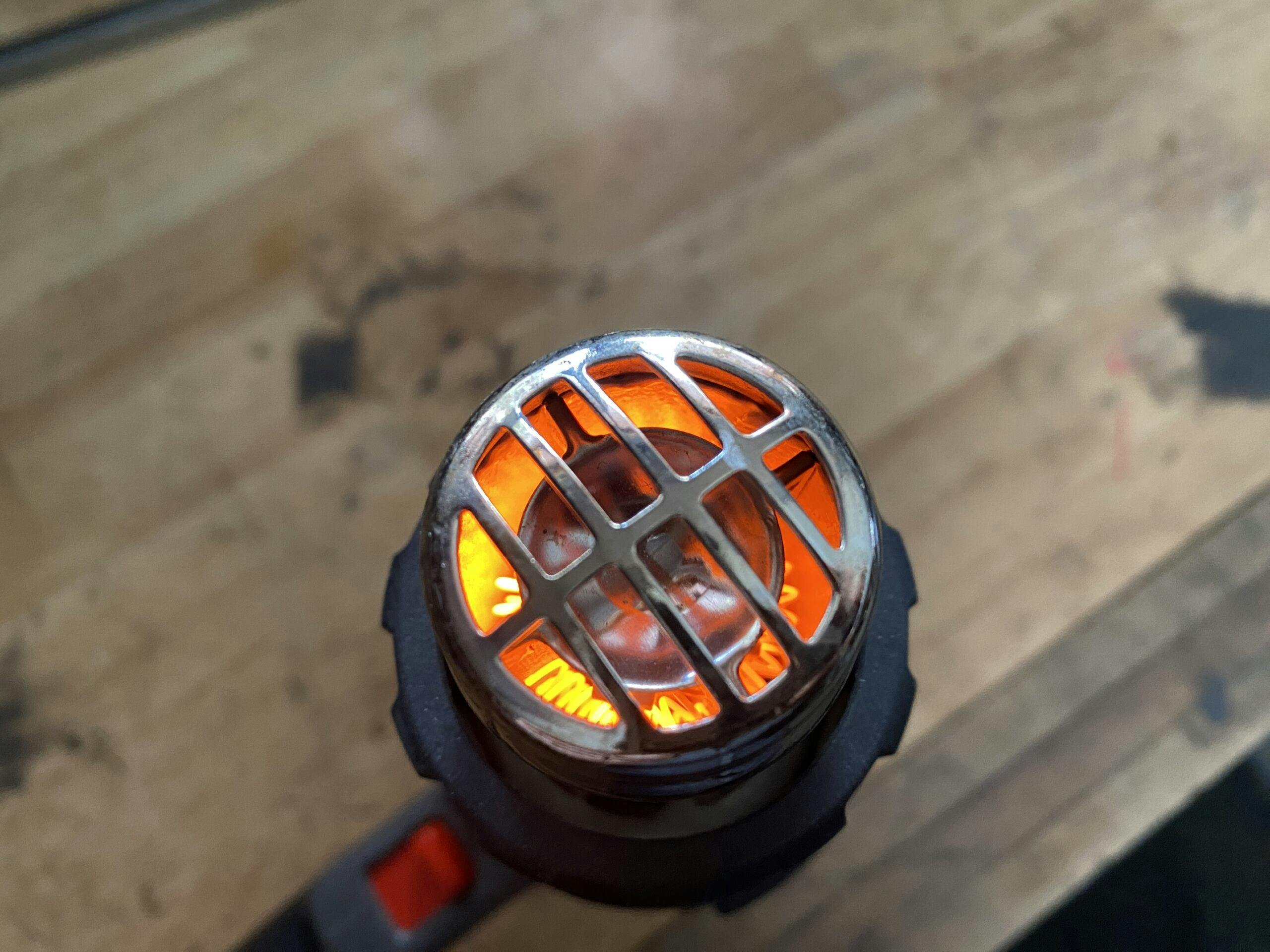


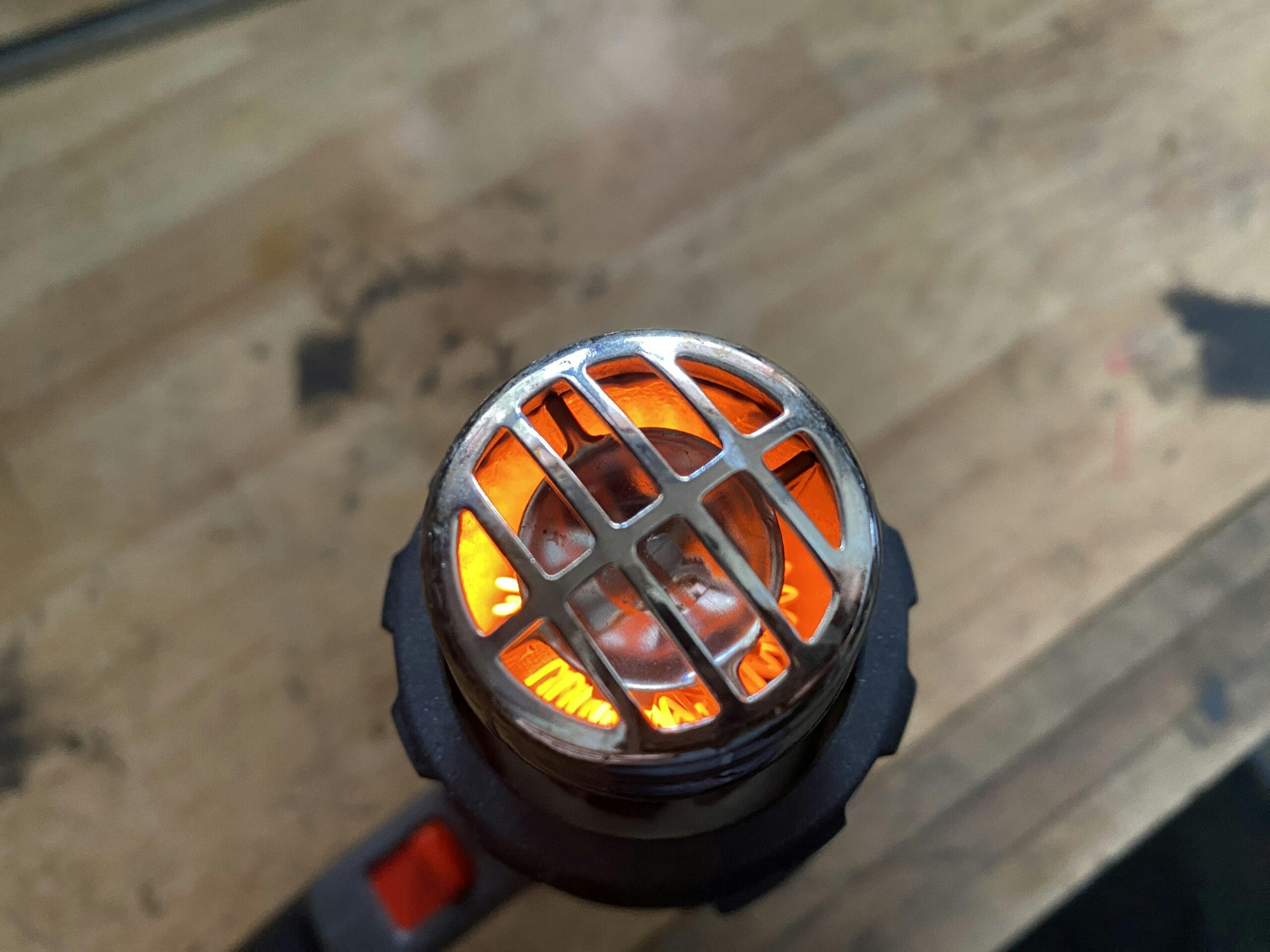
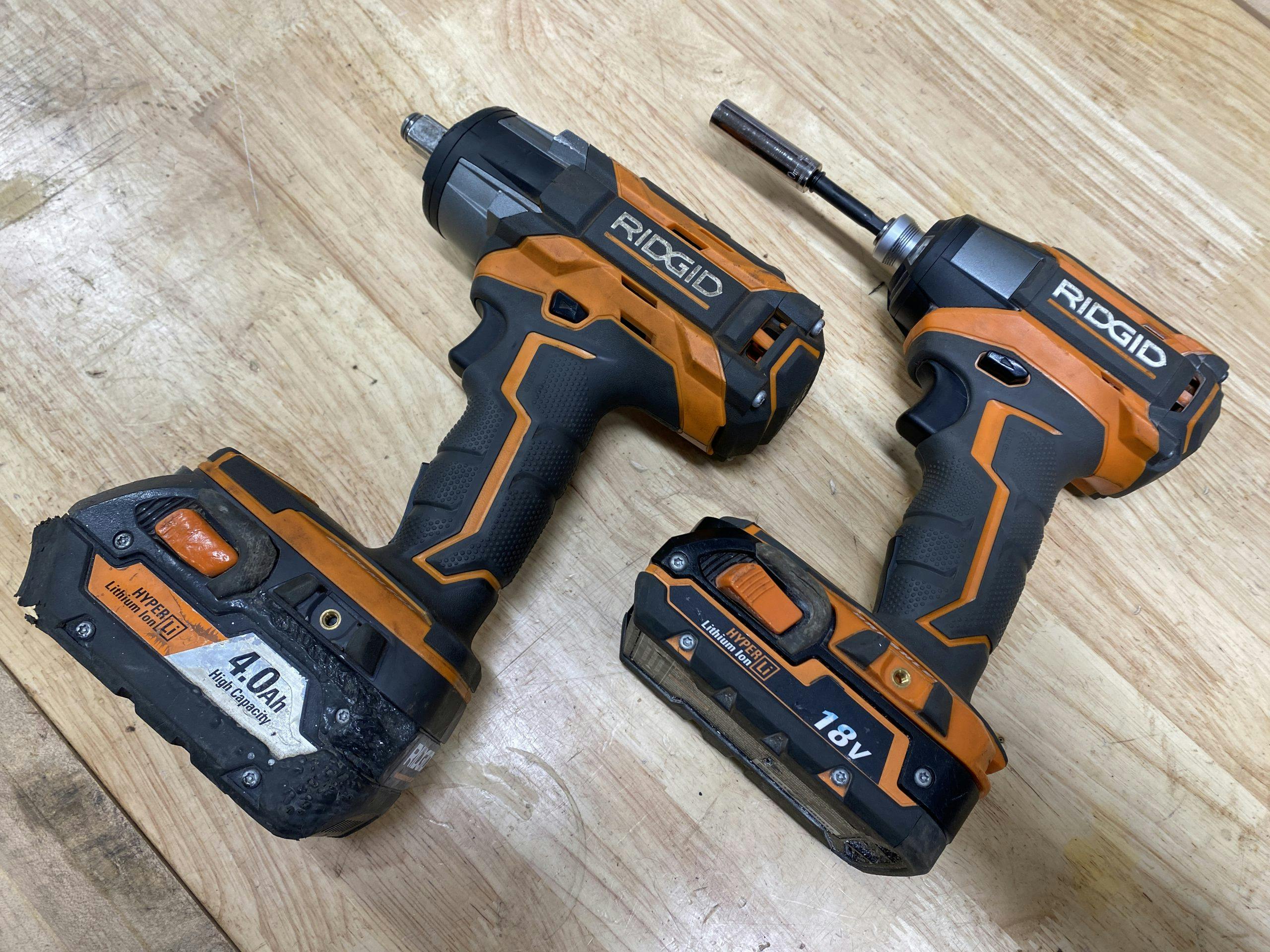






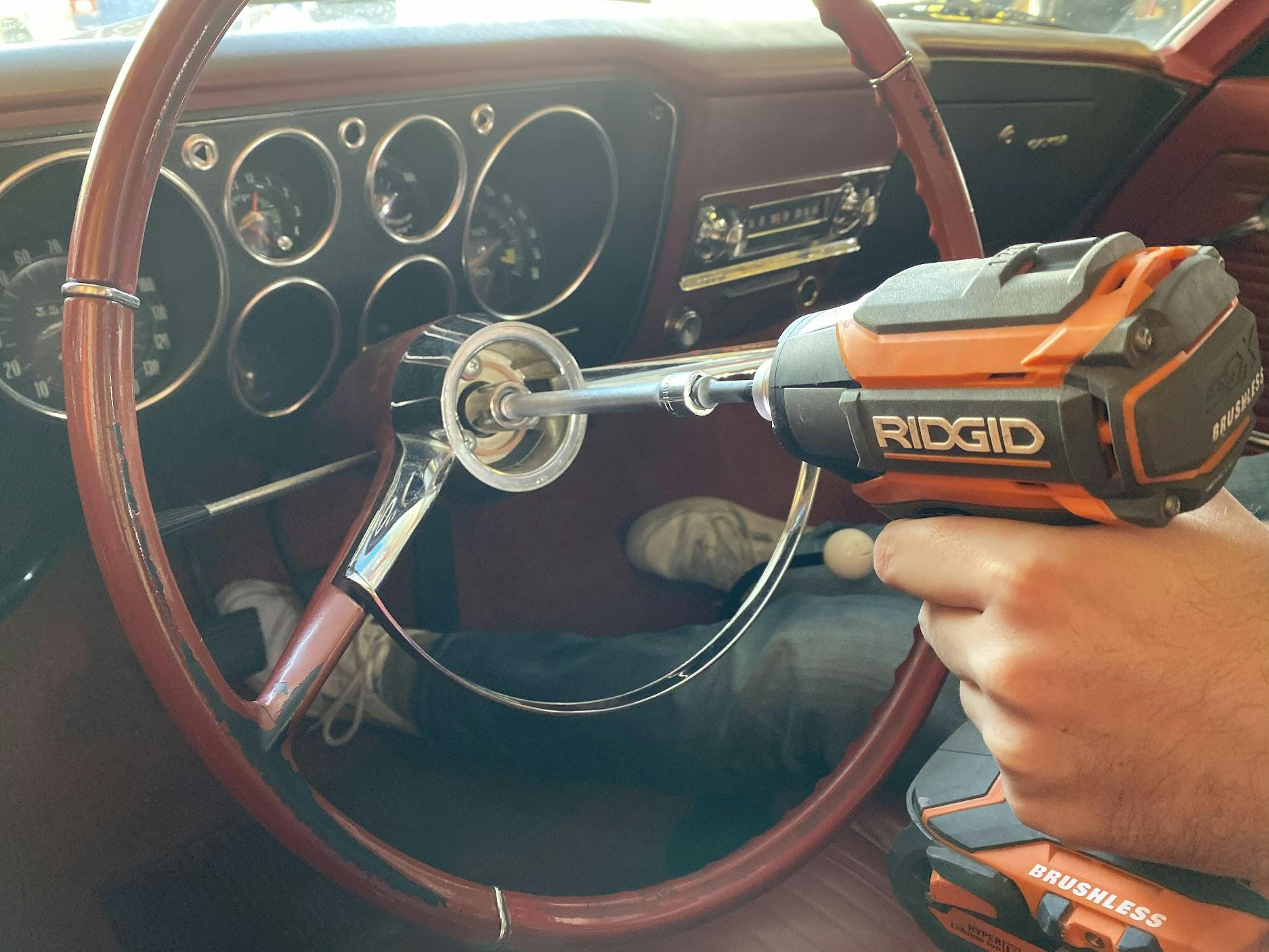
Impact tools may be great for disassembly, but I see them way overused for assembly on many car shows, mostly by people so young they probably don’t own a ratchet, or know the “feel” for a properly tightened bold. Good example…valve cover bolts with a 3/8″ power ratchet…
I agree with the choices in the article, but I would add a good, corded heat gun. I bought a Milwaukee about 45 years ago to strip paint off a wood porch floor, and I still use it a lot, mostly to soften plastic and rubber parts so they are easier to work with. It’s a cinch to remove and install old vacuum lines and fuel hoses if you just warm them up first.
Another important tool > PB Blaster and giving it time to do its job.
How is that a “power tool?”
Was wondering what grit nylon wheel would work for polishing aluminum covers as shown?
nice tools but utterly useless when up against lug nuts or other fasteners (nuts, bolts, etc.) machine gunned on by some hamfisted air gun powered mechanic or factory robot;
How can I get my restored 1949 Chevy 3100
Photo & story in drivers club magazine ?
It really helped when you said that 1-inch electrical impact tools would have weaker power, but they can be very useful for stubborn fasteners or other bolts out there. I think we should get that for our household in order to tighten or loosen bolts when needed. It will be helpful to keep the equipment or parts of our home have to be held together until we can have a professional fix their issues the next day. https://www.unitedraceparts.com/typhoon-electric-impact.html